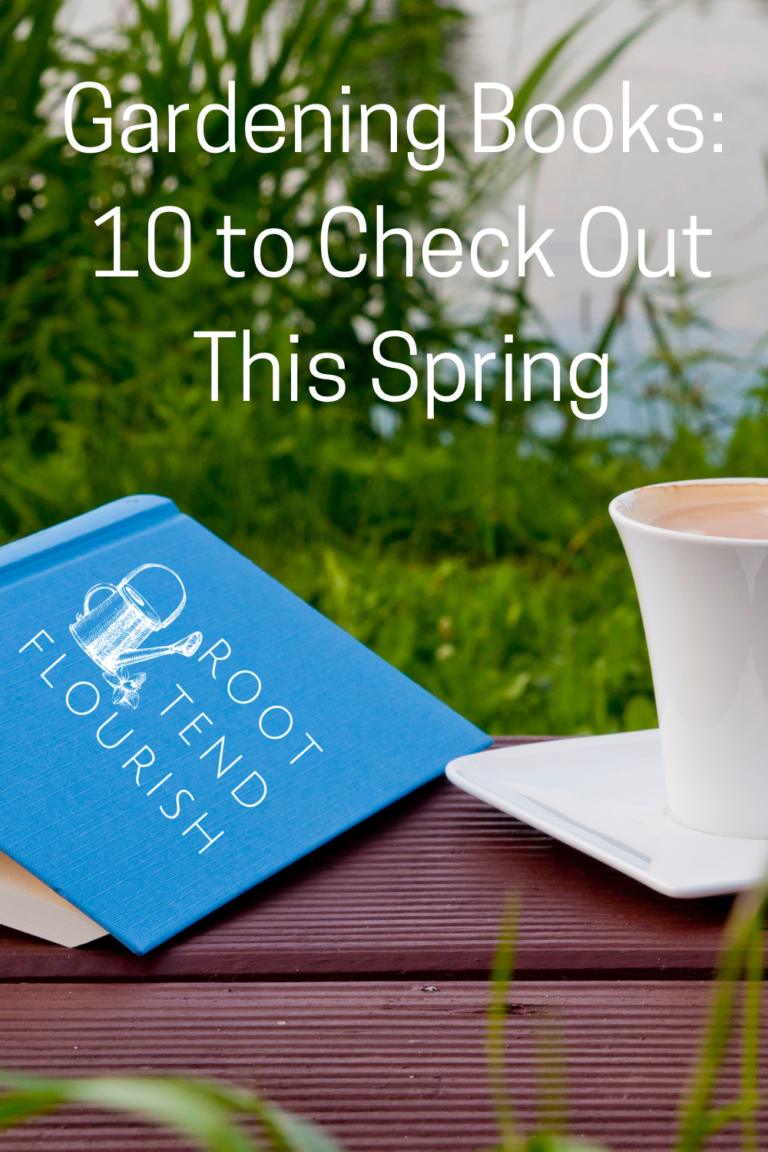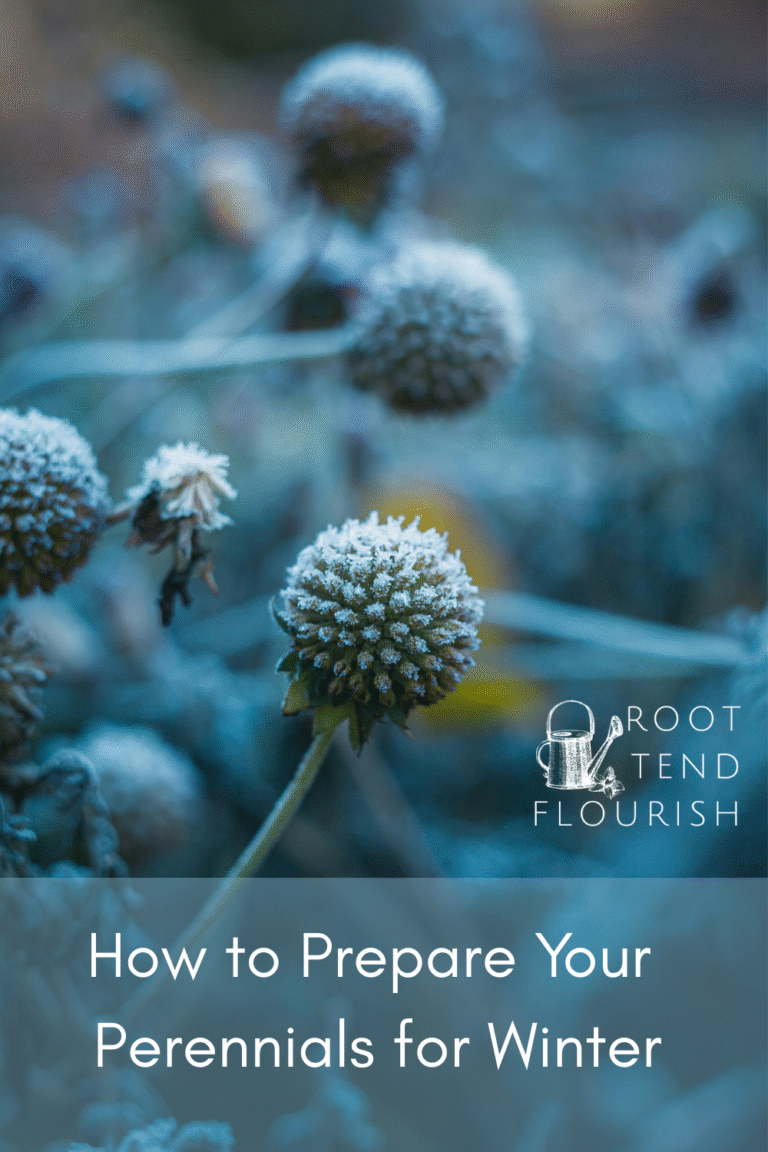How to Replant Fall Mums for Year-Round Beauty
As autumn brings shades of gold, red, and orange into the landscape, you’ll start to see one of the season’s brightest plants — chrysanthemums, or “mums.” You can find these at any garden center and many other places as well. I regularly see them at hardware stores, general stores, and even my local grocery store. While many people treat fall mums as seasonal plants, these hardy perennials can return year after year if replanted correctly. With just a bit of care, you can enjoy their colorful blooms well beyond a single season. This saves time and money in future years- both of which are things I like to save when I can! Today we’ll talk about how to replant fall mums in your permanent garden beds.

Here’s how to successfully replant your fall mums in the garden and help them thrive.
Step 1: Choose the Right Mums
There are two main types of chrysanthemums: florist mums and garden (hardy) mums.
- Florist mums are bred for showy blooms and indoor use — they rarely survive winter frost. You’ll likely find these inside a florist shop and wrapped in decorative foil.
- Hardy mums (often labeled garden mums) are tough perennials that can overwinter and return each fall. These are typically stored outside at the garden center or local store. Many hardy mums will have plant tags that will give you specific growing information for that variety. It will often say the color, size and light requirements along with zone hardiness. Most garden mums are hardy in zones 5-9. This means that it can survive winter lows in zone 5 (-20 to –10 degrees F) through zone 9 (20-30 degrees F). If you’re unsure what your hardiness zone is, take a look at a USDA Hardiness Zone Map.
- To maximize the number of blooms you’ll see this fall, pick a mum that has at least half of the flower buds closed tight. This will ensure that you’ll have many more blooms to come as the season goes on. You can also increase blooms by deadheading the spent flowers. Simply pinch them off once they’ve gone by. This will redirect the energy from that stem into producing more flowers throughout the plant.

Step 2: Timing Is Everything When you Replant Fall Mums
If you’re replanting potted mums purchased in the fall, it’s best to get them in the ground as early as possible, ideally by mid-September in most regions. This gives their roots time to establish before the first hard frost.
If you’re past that window (say, late October or November), don’t worry — you can still plant them with a little extra care to help with winter survival.
Step 3: Pick the Perfect Spot to Replant Your Fall Mums
Mums love sunny spots — aim for at least 6 hours of direct sunlight each day. They prefer well-drained soil rich in organic matter. If your soil is heavy clay or especially sandy, add some compost to your planting hole to help improve the soil conditions.
To prepare the site:
- Loosen the soil about 8–12 inches deep.
- Mix in compost or aged manure for nutrients and drainage.
- Make sure the area doesn’t hold standing water after rain.
Step 4: Plant with Care
- Remove your mum from its container and gently loosen the roots.
- Dig a hole just deep enough so the top of the root ball is level with the soil surface.
- Backfill with soil, pressing gently to remove air pockets.
- Water deeply to help the plant settle.
Space mums about 18–24 inches apart, since they’ll spread as they mature.

Step 5: Help Them Survive Winter
If you’re planting your mums mid to late fall, there are some easy steps you can take to increase their chances of winter survival.
- Water your mums regularly until you start having frost. Once frosts some, taper your watering off.
- Once regular frosts come, mulch heavily with 4–6 inches of straw, leaves, or pine needles. This insulates the roots and helps them survive cold snaps. I find this especially helpful in areas where winters may have several freeze thaw cycles, such as in zones 7 and 8.
Step 6: Prep Them for The Warm Season
In spring, once the danger of frost has passed:
- Remove mulch from the winter but leave a couple inches around the base of the plant. This helps retain moisture in the soil during the growing season.
- Trim back any dead stems. This will allow nutrients to be used for new growth and will reduce the potential for disease.
- Feed with a balanced slow-release fertilizer. I’m a fan of Plant-tone for all around gardening.
- Pinch back new growth once or twice before July to encourage bushier plants and more blooms in fall. This is how the mums you see sold commercially get their really full look.
By late summer, your mums will be full, green, and ready to burst into color again.

When you replant fall mums, it isn’t just about saving money — it’s about extending the life of a plant that deserves a place in your perennial garden. With the right timing, care, and winter protection, your mums can come back stronger each year, offering a bright spot in the garden come fall.






